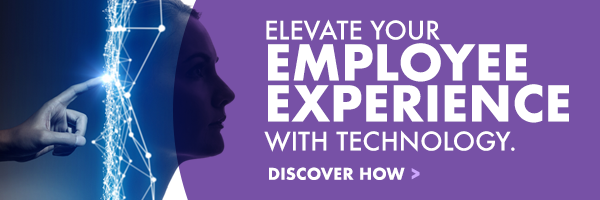Millennials are Eliminating 3 Workplace Trends in 2017


The American workforce has never been more diverse, with generations spanning from Baby Boomers to Gen Xers and beyond. In recent years, however, Millennials (adults ages 19 to 35) have driven the biggest transformation in workplace dynamics. Experts and studies, for instance, tout how the Millennial generation is more collaborative than others and has a strong preference for remote work options. Additionally, Millennial workers are more connected and prefer to use technology to interact and get work done.
Why do these insights matter more now than ever before? According to an analysis from Pew Research Center, more than 30 percent of American workers today are Millennials. They recently surpassed Generation X in becoming the largest share of the American workforce. As more Baby Boomers retire, more and more Millennials will be stepping up to fill management roles.
With Millennials moving into leadership positions, and an even younger generation (Generation Z) preparing to enter the workforce, we predict there will be significant changes in office dynamics and operations starting in 2017, and lasting well into the coming years.
Workplace Trends Being Left Behind in 2017
Here are some typical workplace trends that will become extinct in 2017 and beyond, as younger generations begin to dominate the workforce.
 1. Email Will No Longer Be the Primary Internal Communication Tool
1. Email Will No Longer Be the Primary Internal Communication Tool
Email is typically used as the most efficient form of communication among employees. While many organizations still rely heavily on email, most businesses are slowly trying to reduce the number of emails sent in favor of a simpler, more efficient form of internal communications. One French IT company, for example, recently tried to eradicate email entirely. According to the company’s CEO, only 10 percent of the 200 messages employees received each day were deemed useful and 18 percent were considered spam. He challenged his 74,000-person company to eliminate internal emails and communicate instead via instant messaging and live chat tools.
As the presence of tech-savvy Millennials grows in the workforce, businesses can expect to see greater adoption of different internal communication tools like live chat, project management platforms and collaboration technology like Slack as a replacement for traditional emails. With new technology being introduced all the time, more organizations are taking a step back and looking for opportunities to integrate it all for a more seamless employee experience.
 2. Traditional Office Space Designs Will Become Extinct
2. Traditional Office Space Designs Will Become Extinct
Millennial leaders are transforming the way workspaces are designed to encourage broader communication and ongoing collaboration. Steve Jobs initiated the concept of collaborative offices at Pixar by uniting computer scientists, animators and executives in one building. As a result, the groups collaborated on unique approaches to solve problems and shared ideas more frequently.
Modern business leaders are adopting similar approaches to workplace design by eliminating cubicles and divided departments, and allowing for open meeting spaces and seating areas. Open offices better facilitate communication and encourage more in-person interaction. This leads to better problem solving, more rapid collaboration and community development.
3. Strict Office Hours Will No Longer Exist
The U.S. Bureau of Labor Statistics reports that more than 20 million Americans actively choose part-time work to deliberately secure work-life balance and gain more flexible work hours. Technology also makes it possible for businesses to eliminate the traditional 9-to-5 schedule. Hyper-connected Millennial business leaders are creating work environments that give employees more flexibility over their schedules, using technology to allow people to work when and where it works best for them.
Whether you’re managing Millennials or collaborating with them at the executive level, keeping these workplace transformations in mind will help you prepare for 2017 and beyond.
Editor’s Note: This post was previously published on Inc.com and has been republished here with permission.
